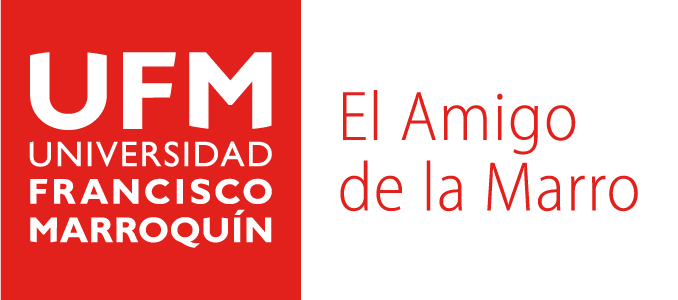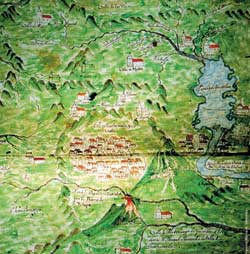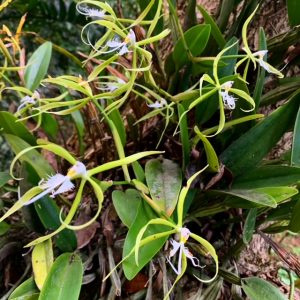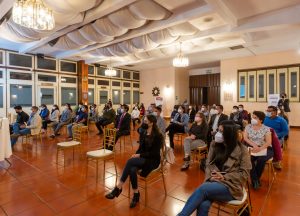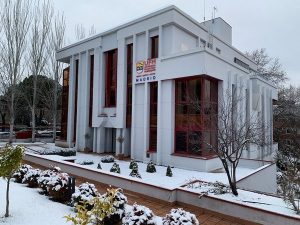Geographic expressions of the new world, is the title of the symposium of the International Map Collectors´ Society that will be celebrated in Universidad Francisco Marroquín from February 5th to the 7th of 2007. More information on inscription and conferences is available at
www.imcos.ufm.edu/
Within the framework of this encounter the book Four Centuries of Geographic Expressions of the Central American Isthmus will also be presented. The book was sponsored by Fundación Uno, whose president is Ernesto Fernandez-Holmann; written by Jens P. Bornholt, and edited by William H. Hempstead.
During the Symposium and in the book there is an appraisal of the linen cloths from Quauhquechollan and Tlaxcala, during the first days of the conquest, to the cartographic expressions of Karl Sapper and Alfred Maudslay, passing through works of great cartographers like Guiljelmus Blaeu and the contributions of Francisco Antonio de Fuentes y Guzmán and Alexander von Humboldt.
At the moment, at the UFM, an extraordinary study is exhibited on the Linen cloth of Quauhquechollan, that is a Nahuatl painting of the 16th Century, where the quauhquecholtecas painted their vision of the Spanish conquest.
At the Map library of the University there is a collection of old maps that was donated to the Ludwig von Mises Library by Carlos Elmenhorst. This collection is properly catalogued and exhibited for the appreciation and benefit of those who visit the library, it sums to the collection of books and maps that belonged to the founding father Jose Cecilio del Valle, including the magnificent Geographic map of Southern America, by Cano and Olmedilla.
With respect to these activities and works, that Universidad Francisco Marroquín makes available to the Guatemalans, UFM’s President, Giancarlo Ibárgüen S., said that «old maps teach us that history was lived with much greater limitations than those than we face at the present time; and Thomas Sowell, in his trilogy on races, migrations, conquers and culture, analyzes in detail how mountains, the absence of navigational rivers, and little depth coasts, isolated culturaly and economically whole towns».
«Sowells work wake up endless questions», Ibárgüen said. «Why the industrial Revolution began in Europe and not in China? Did geography played any role in this? What geographic conditions lead more to freedom or to slavery?»
At the UFM we believe – with Jose Cecilio del Valle, Alexander von Humboldt and Thomas Jefferson- that freedom is key to understand those and other fundamental questions of human action in society. Inspired by that idea, the Board of Directors of the University decided to promote the UFM’s Map Library as a space dedicated to the study of the dynamic relation between geography and freedom.
Recientes
- 1
- 2
- 3
- …
- 1.541
- Siguiente »
